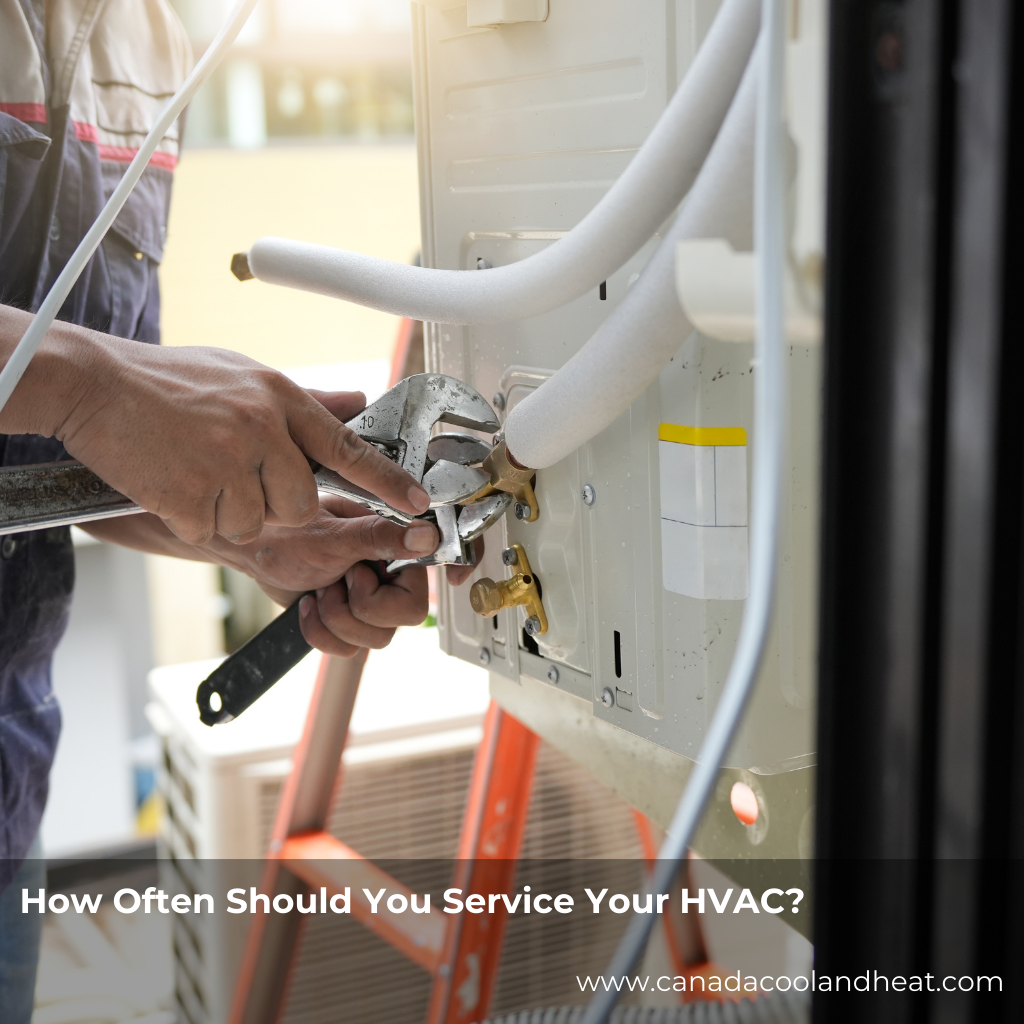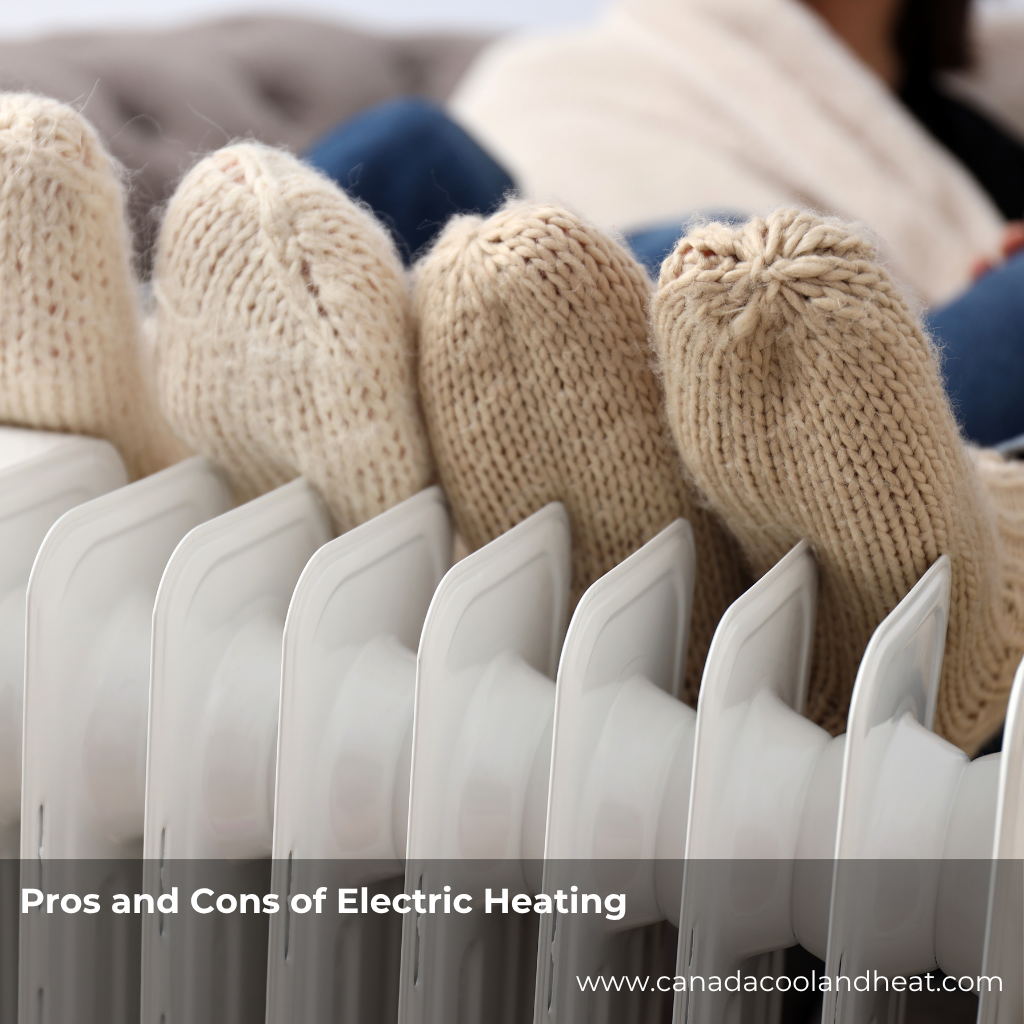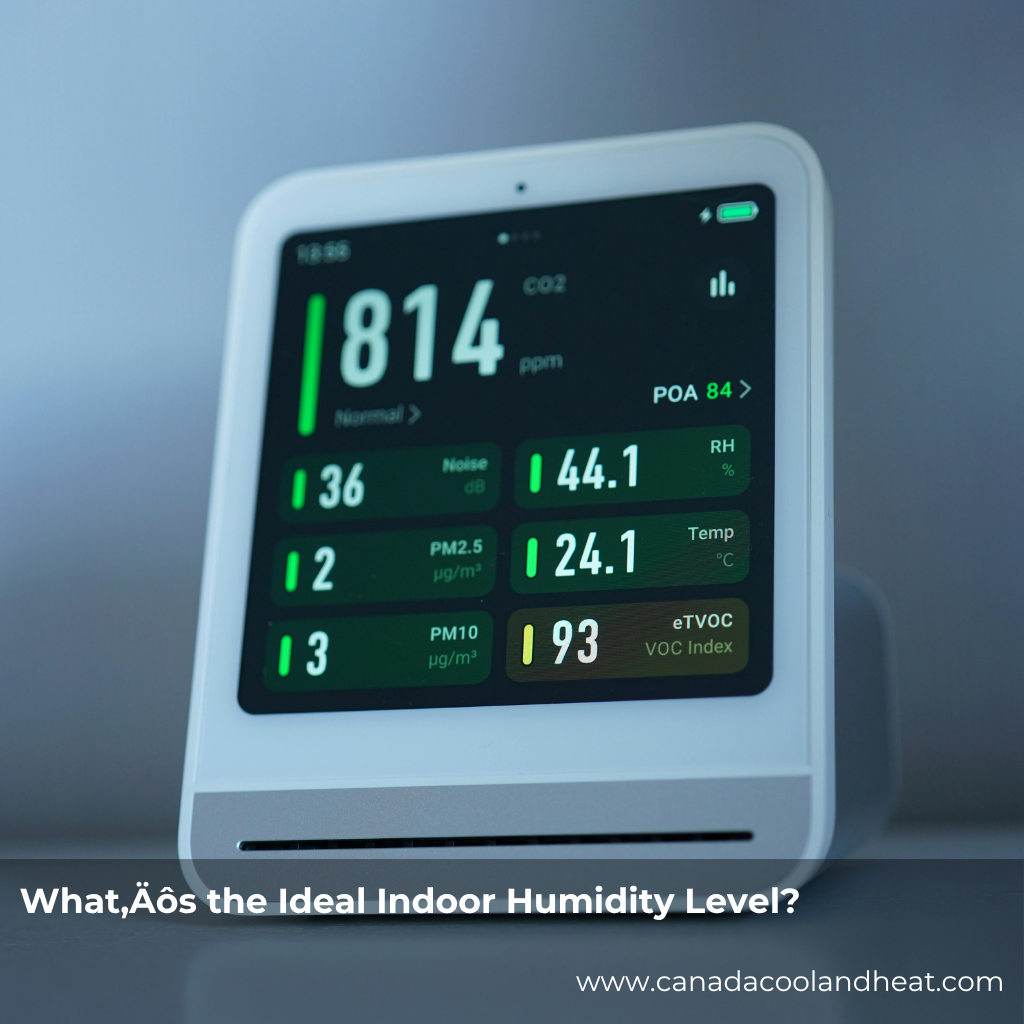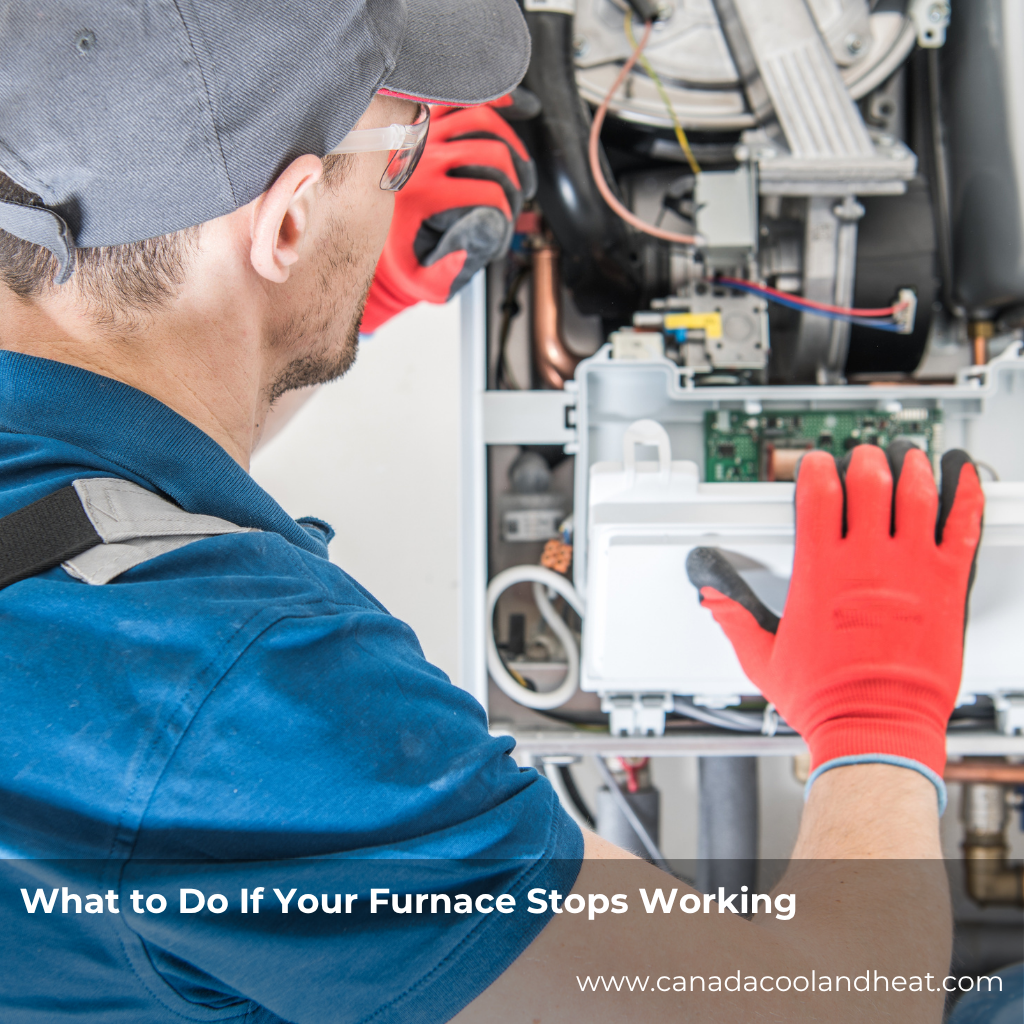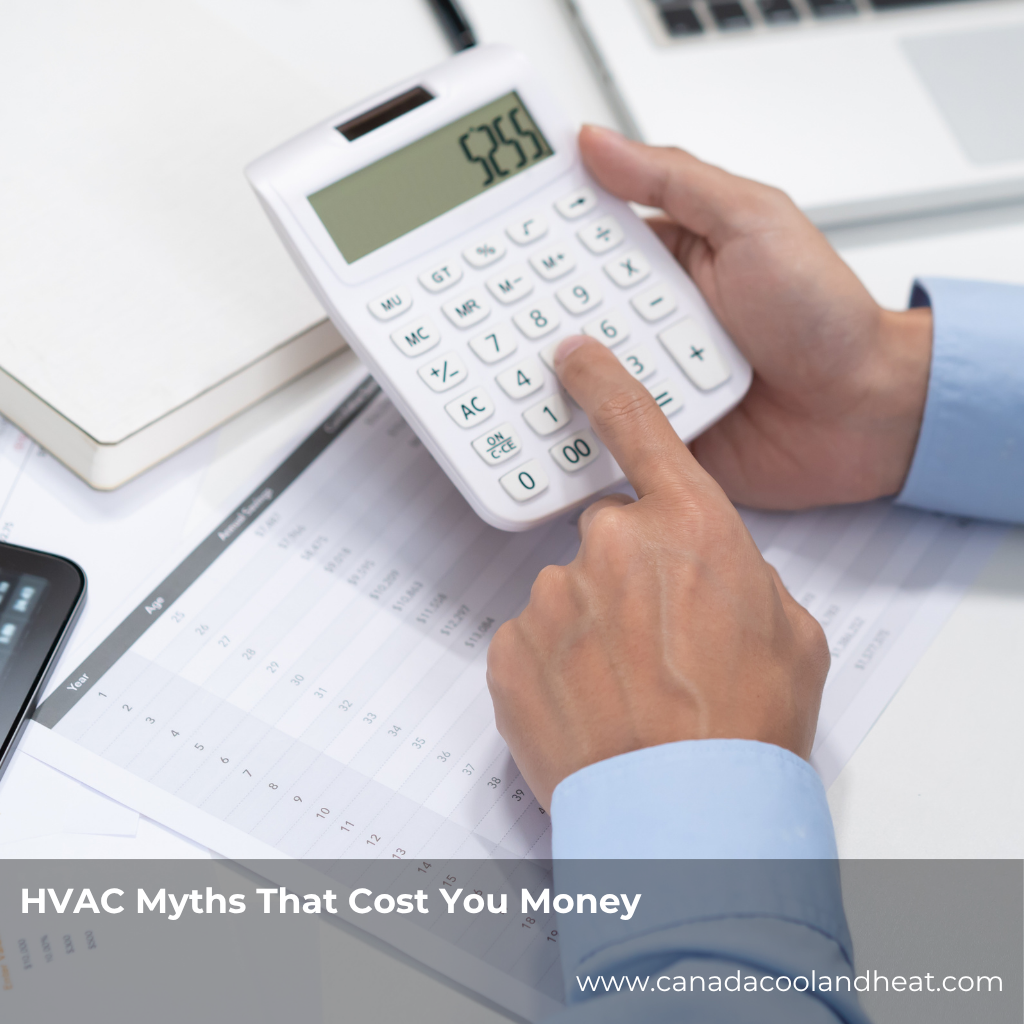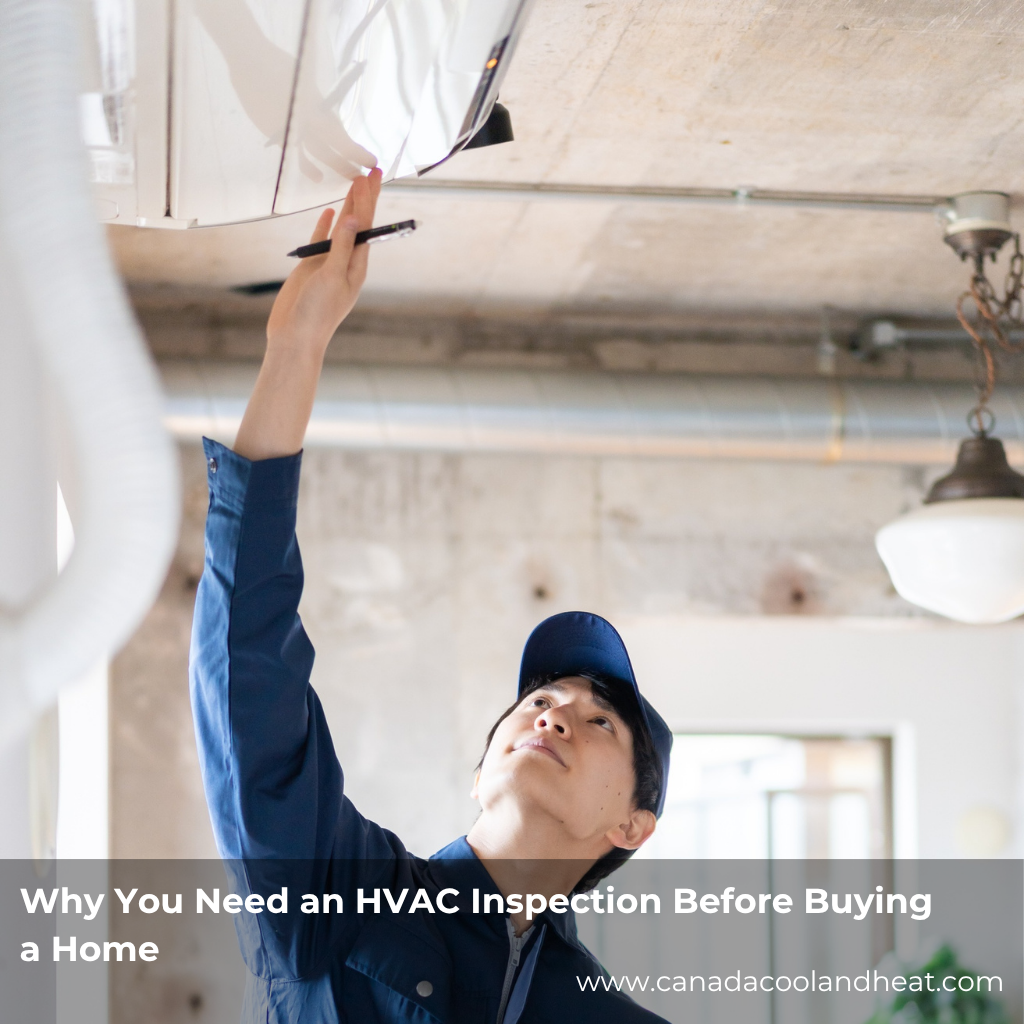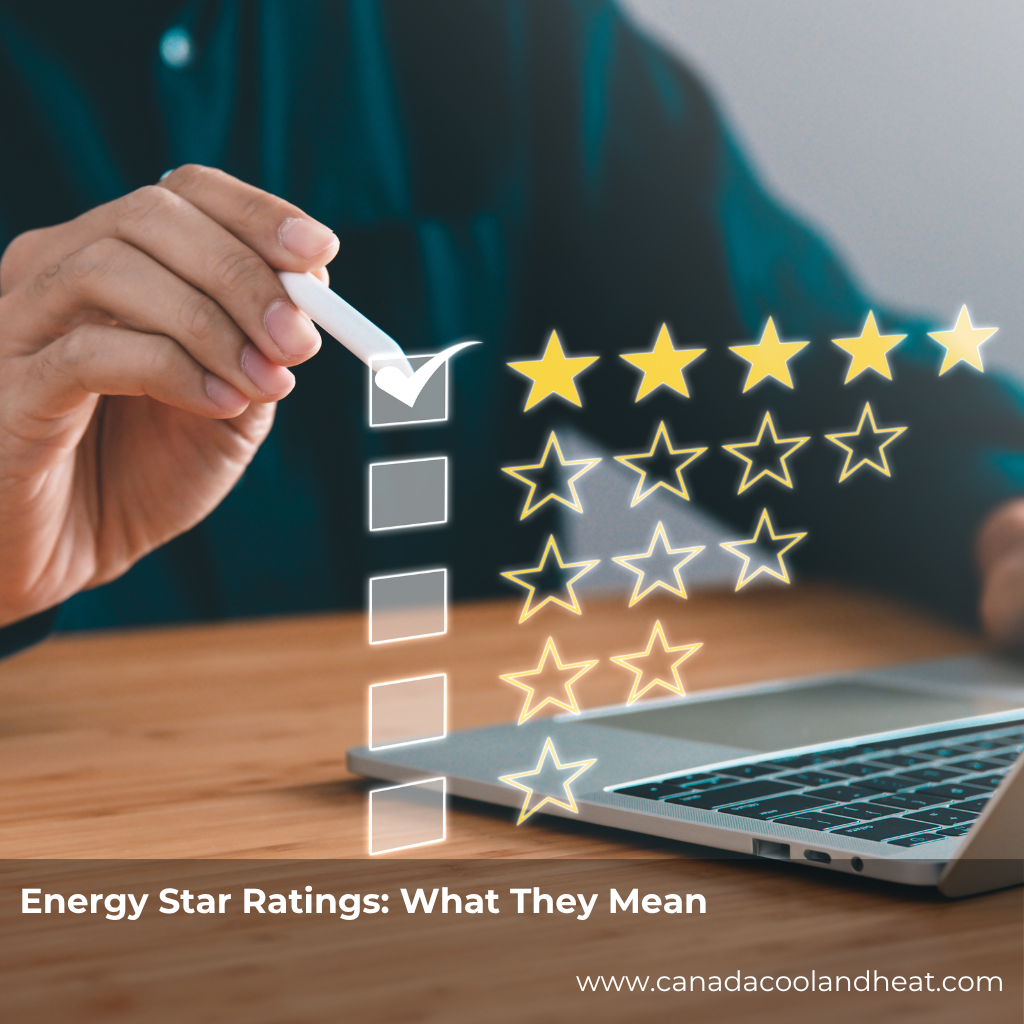Why Proper Ventilation Matters in Kitchens
Cooking generates more than just delicious smells. It releases:
-
Grease particles that cling to surfaces and ducts
-
Moisture that raises humidity levels
-
Carbon monoxide and combustion gases (especially with gas stoves)
-
Heat that strains both comfort and HVAC performance
A well-sized and well-maintained vent hood captures and removes these byproducts before they spread through your home or restaurant. This not only keeps air quality high but also reduces stress on your HVAC system, which otherwise has to fight against lingering heat and contaminants.
How Range Hoods Impact HVAC Balance
Vent hoods do more than pull smoke out of the kitchen — they affect the entire building’s airflow.
-
Air Pressure Matters: Large commercial hoods can exhaust thousands of cubic feet of air per minute (CFM). If replacement air isn’t supplied, this creates negative pressure that makes HVAC systems work harder.
-
Comfort and Efficiency: Poorly balanced ventilation can cause drafts, uneven heating/cooling, and higher energy costs.
-
Indoor Air Quality: Without balance, grease and moisture can leak into other spaces, impacting air quality and sanitation.
The key is a properly balanced system where exhausted air is replaced with conditioned make-up air, ensuring your HVAC doesn’t struggle to maintain comfort.
Sizing Guidelines for Vent Hoods
Sizing a vent hood correctly is crucial for performance and balance. Here’s a quick guide:
Residential Kitchens
-
Wall-mounted or under-cabinet hoods: Aim for 100 CFM per linear foot of cooking surface.
-
Island hoods: Require more power — about 150 CFM per linear foot due to open air around the cooktop.
-
Duct size: Bigger is better; undersized ducts create noise and reduce efficiency.
Commercial Kitchens
-
Light-duty cooking (ovens, steamers): 150–300 CFM per linear foot.
-
Medium-duty cooking (griddles, ranges): 300–400 CFM per linear foot.
-
Heavy-duty cooking (charbroilers, wok ranges): 400–600 CFM per linear foot.
-
Extra-heavy-duty (solid fuel equipment): 500–700 CFM per linear foot.
Tip: Always coordinate hood sizing with an HVAC professional so make-up air and comfort systems stay in sync.
How Often Should You Service Your HVAC?
The golden rule: service at least twice per year — once before cooling season (spring) and once before heating season (fall).
But in kitchens, you may need more frequent attention:
-
Residential kitchens: Annual hood cleaning and twice-yearly HVAC check-ups are usually enough.
-
Commercial kitchens: Depending on volume, hood systems may need cleaning every 1–3 months, and HVAC inspections quarterly to keep air quality and balance in check.
Skipping service can lead to clogged filters, greasy ductwork, poor airflow, and even fire hazards.
Signs Your Kitchen HVAC Needs Attention
Watch for these red flags:
-
Persistent smoke or odors even with the hood on
-
Excessive humidity or greasy residue on walls/ceilings
-
Noticeably higher energy bills
-
Uneven kitchen temperatures or drafts
-
Loud or rattling noises from vents or the hood
These are clear signs your system is out of balance and overdue for service.
Conclusion
Whether you’re sautéing at home or running a busy commercial kitchen, your vent hood and HVAC system work as a team. When properly sized, balanced, and serviced, they keep air clean, staff comfortable, and energy costs in check.
👉 The bottom line: Service your HVAC twice a year, and clean kitchen hoods as often as cooking demands. By investing in proper ventilation and maintenance, you’ll protect your equipment, your comfort, and your health.
FAQs About Vent Hood HVAC Kitchens
1. How do vent hoods affect my HVAC system?
They remove hot, greasy air, but if not balanced with make-up air, they strain HVAC systems and increase energy use.
2. Can I service my HVAC system myself?
You can change filters and keep vents clear, but full inspections and balancing should be done by professionals.
3. How often should a restaurant clean its vent hood?
Typically every 1–3 months, depending on cooking volume and local fire codes.
4. Do residential range hoods need professional cleaning?
Yes — at least once per year, plus regular filter cleaning or replacement.
5. What happens if my vent hood is undersized?
It won’t capture enough smoke or grease, leading to poor air quality and HVAC stress.
6. Is ductless (recirculating) ventilation good for kitchens?
They can work in small residential setups but are not effective in heavy-duty or commercial cooking environments.
7. Why does my kitchen feel drafty when the hood is on?
This usually means your system lacks proper make-up air, pulling unconditioned air from cracks and doors.
8. Can a vent hood reduce kitchen fire risks?
Absolutely — by removing grease vapors and keeping ductwork clean, hoods lower fire hazards significantly.
9. How do I know if my vent hood is the right size?
Measure the cooking surface and apply the CFM per linear foot guidelines, or consult an HVAC technician.
10. What’s the cost of skipping regular HVAC service?
Higher utility bills, equipment breakdowns, poor air quality, and potential fire hazards in kitchens.

